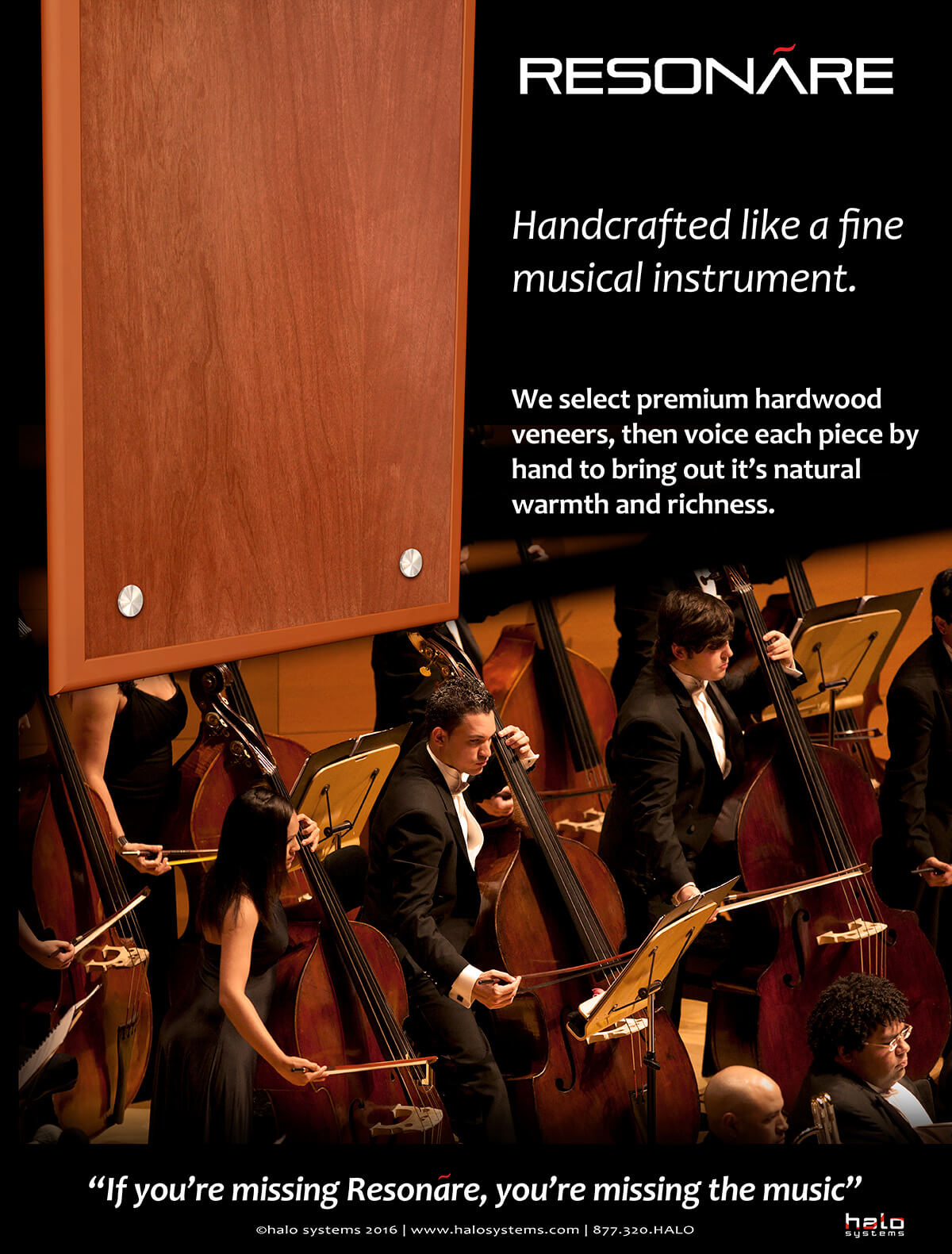Under Pressure
When treating a room acoustically, what is the first thing you typically think of? Reflections, right? Well, not exactly…
It is true that sound bounces (reflects) off of walls and objects with which it comes in contact, but those initial reflections (dubbed primary reflections) are but a momentary occurrence. Rather than focusing on the path of the sound wave after reflection (which has reduced force and energy), however, we should desire to trace the continuation of the wave path – that is where the real power exists.
There’s more to it than this, but suffice it to say that acoustic energy desires to continue to move in an outwardly direction, leading to a buildup of energy along each wall, ceiling and floor surface – dependent of course upon other objects that may get in the way and interrupt this directional energy flow. This charged energy field along each surface is called laminar flow, and is the primary way to selectively remove excess acoustic energy from the listening environment. This process for energy reduction is called energy barricade.
Another approach that is standard for many acousticians is direct dampening. This refers to the application of outward-facing dampening materials directly to walls and other surfaces. The idea there is to eliminate primary reflections (as described above). While it does have this effect, recall that this is not the primary source of energy but is secondary to laminar flow dynamics. And this approach is not without its side effects…
In particular, the room resonance is significantly affected, as these foam and fabric materials become contributing factors to the acoustic equation. In short, the room now has the sounds of foam and/or fabric as a part of the overall frequency response mix. Remember that everything resonates with its own frequencies, and thus a sound will take on the character of its surroundings. (For further reading, see our blogs on surroundings and resonance.)
